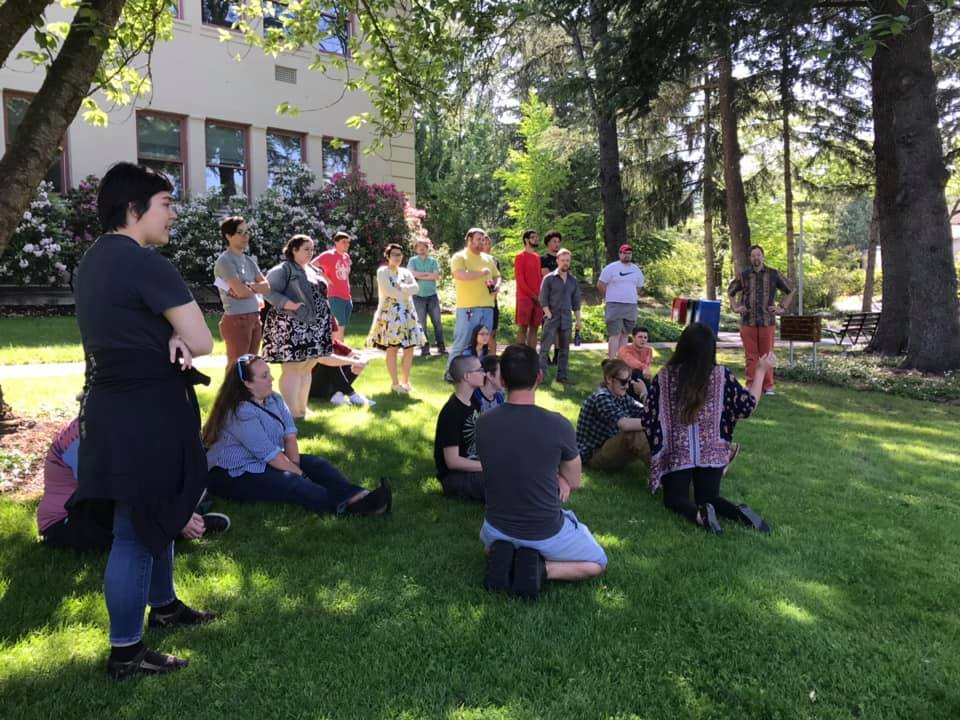Photo courtesy of Southern Oregon University
Roughly a month and a half remains until Thanksgiving, which is significant for more than just turkey and uncomfortable conversations this year. Thanksgiving heralds the full online integration of the hundred or so classes that still include an in-person component, no matter how small, here at SOU. These classes range from music and voice lessons, which are predictably difficult to teach over bad connections and worse microphones, to swift water rescue, which is hard to teach for entirely different reasons. It is a credit to the immensely talented teaching staff here that these classes will be converting after Thanksgiving.
According to a KTVL article published earlier this month, courses and groups like the cheer team, army physical readiness, and nearly every type of lab you can think of must be engineered in an entirely new direction. All classes have had to drastically alter their pacing and content, ensuring that everything that must be taught as effectively as possible before the transition. Everything that can be learned at home, must be. The school has been forced to adapt to a lose-lose scenario, and has done so with an awkward grace that has only just begun to hit its stride.
Plenty of classes made the jump to remote learning smoothly. Creative writing, most forms of mathematics and the occasional science class can adapt to this new age with relative easiness. Some could not, by their very definition, make this jump as well. In those cases, the initial awkward scramble to piece together a whole new curriculum has slowly become more and more comfortable. The pandemic has opened up all new remote methods of teaching, some of which will be more lasting than others. From video calls to online resources, remote evaluations and freedom to not wear pants, many classes have been forced to embrace modern methods of teaching. In the end, this catastrophe might lead to a new age of education.



